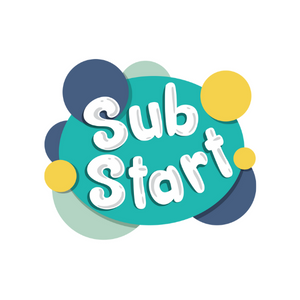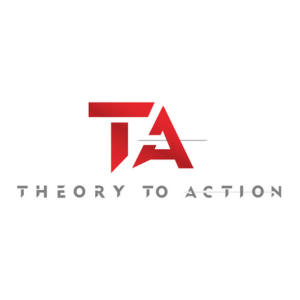 Full Title: The Spirit of Kaizen: Creating Lasting Excellence One Small Step at a Time
Full Title: The Spirit of Kaizen: Creating Lasting Excellence One Small Step at a Time
Year: 2013
Author: Robert Maurer, Ph.D.
Category: Leadership & Organizational Effectiveness
About the author: Robert Maurer is Director of Behavioral Sciences for the Family Practice Residency Program at Santa Monica UCLA Medical Center and a faculty member with the UCLA School of Medicine. He also wrote One Small Step Can Change Your Life: The Kaizen Way and Mastering Fear: Harnessing Emotion to Achieve Excellence in Work, Health and Relationships.
Quick summary: The Spirit of Kaizen is a great read. It’s a small, concise, and different approach to change in organizations. It’s got great insights, fun anecdotes, and simple ideas. It is like other change books I’ve read in once sense: any effective change model usually requires that we perform common tasks with uncommon discipline. But this book is different from many others because it encourages you to think small.
My big take-aways:
1. This is brain science. The youngest part of your brain (only a few thousand years old) is the cerebral cortex — the center of higher thinking. It deals with analysis, language, music, and — yep — decision making. But it has an older sibling — the amygdala, which controls your safety. It’s the fight-or-flight center that takes over times of danger. And guess what the amygdala finds dangerous? Big change.
2. Flying under your brain’s radar. Kaizen is about taking steps so small that they don’t trigger the amygdala. A series of small steps towards the goal will go unnoticed — your amygdala won’t resist. The small change is not a big enough threat. Think about your staff — who are working hard. Big change will go over like a lead balloon. But a tiny change — they can handle that.
3. Other companies are already doing this. Page 54 describes a major airline that asks passengers to lower window shades before disembarking during the summer to keep the planes cooler. And then it happened to me on my very next flight. This — and other micro changes — led to million savings.
The gem: Chapter 7 was one of my favorites, and Roger’s Story in particular. And yes, I have been experimenting with that strategy of setting aside one bite. And I think it’s working.
Why it matters to Head Start
Head Start has been learning and changing for 50 years. Some of that has been big, top-down change. But in the golden state, we have over 20,000 employees. What might happen if we tapped into the latent innovative power of our work force? We have a decentralized network of innovation labs where we could test hundreds of small changes — that turn the tide.
Submitted by:
Christopher Maricle
Head Start California
What have you read that broadened your thinking, shifted your perspective, or changed your practice? Let your Head Start colleagues know: what’s worth reading? Submit your own review here.
 " width="1600" height="320" alt="Background Image" class="bnr-b" role="presentation">
" width="1600" height="320" alt="Background Image" class="bnr-b" role="presentation">






















